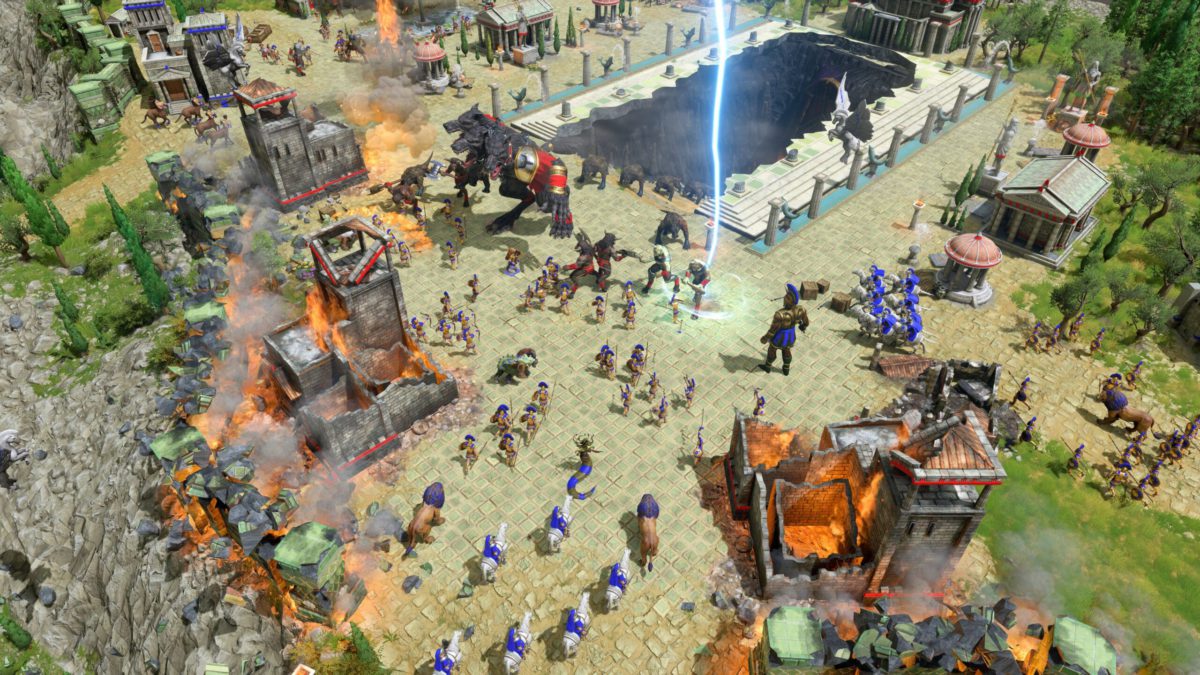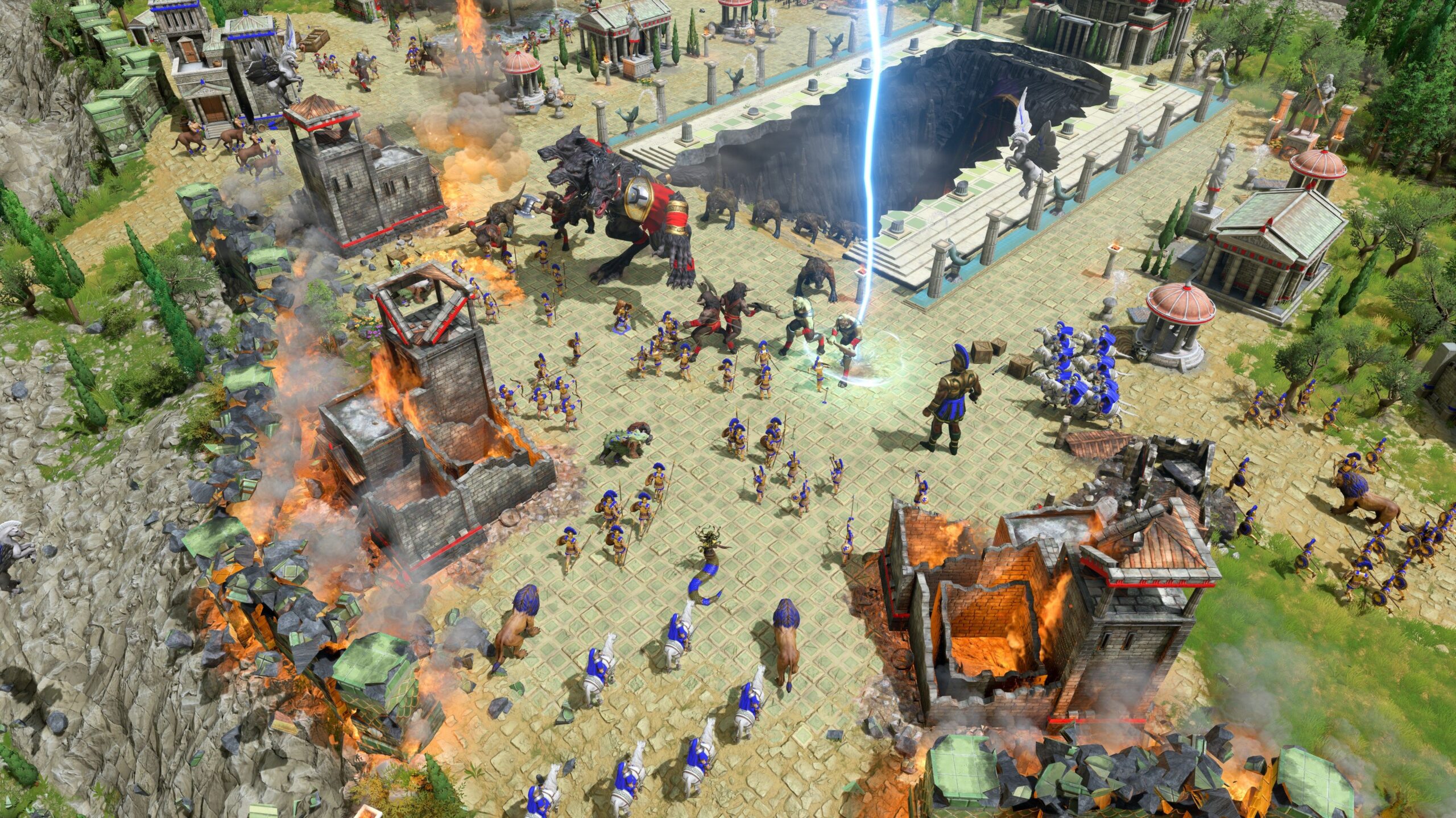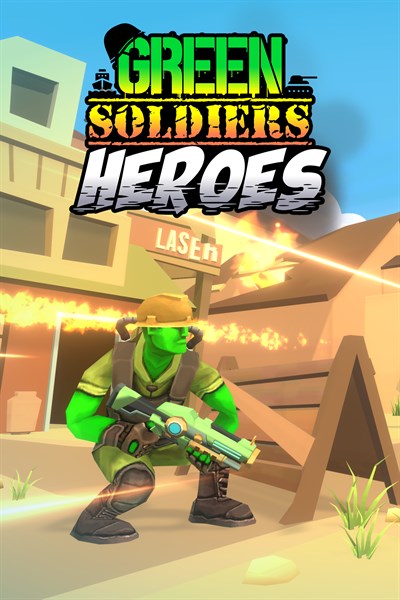Star Wars: Outlaws may focus on a new character – smuggler, thief, and all-around scoundrel Kay Vess – but it’s also a story set smack dab in the middle of the original Star Wars trilogy. The game takes place in between the events of The Empire Strikes Back and Return of the Jedi. That leaves plenty of room for familiar heroes and villains to appear during the course of the game, and they definitely do.
How exactly does Outlaws fit into the bigger picture of the Original Trilogy? How does the game forge connections between Kay and iconic Star Wars heroes and villains? Here’s what you need to know.
Warning: this article contains full spoilers for Star Wars: Outlaws!
Lady Qi’ra and Crimson Dawn
In Outlaws, Kay slowly makes a name for herself and works her way up the chain of command in the game’s various criminal syndicates. It’s inevitable, then, that she’ll eventually encounter some familiar faces. The Star Wars franchise certainly has its share of memorable crime lords.
Kay eventually encounters Crimson Dawn’s leader, Lady Qi’ra, during her missions on the icy planet of Kijimi. Qi’ra was played by Emilia Clarke in 2018’s Solo: A Star Wars Story (though she’s voiced by Tamaryn Payne here), where we learned that she was Han’s old flame before being recruited into Dryden Vos’ organization. The movie ends with Vos being killed off and Qi’ra traveling to meet the real boss of Crimson Dawn, Darth Maul.
If you only follow the Star Wars movies, you might not know how Qi’ra’s story has unfolded since then. She eventually takes control of Crimson Dawn herself after Maul is killed shortly before the events of A New Hope (as seen in the animated series Star Wars Rebels). Qi’ra has gone on to play a pivotal role in Marvel’s Star Wars comics; she’s at the center of 2021’s War of the Bounty Hunters crossover, where she steals the carbonite-frozen Han from Boba Fett and auctions him off to the highest bidder. In Outlaws, ND-5 even references that ill-fated auction in a conversation with Kay.
As War of the Bounty Hunters and subsequent storylines establish, Qi’ra’s ultimate goal with Crimson Dawn is to use it to destabilize the Empire. A loyal pupil of Maul, Qi’ra understands better than most how Emperor Palpatine has been pulling the strings of the galaxy for decades. Qi’ra wants to free the galaxy from the tyranny of the Sith, which is what she’s referencing when she talks to Kay about true freedom. So although Qi’ra comes across as an antagonistic figure in this game, manipulating Kay and using her to help weaken the upstart Clan Ashiga, ultimately her goals are pretty noble.
What happens to Qi’ra after the events of Star Wars: Outlaws? As explored in comics like Star Wars: Crimson Reign and Star Wars: Hidden Empire, Qi’ra eventually makes her move against Palpatine. While unsuccessful in destroying the Sith herself, Qi’ra’s actions help give the Rebel Alliance a much-needed boost and lay the groundwork for Palpatine’s eventual defeat at the Battle of Endor. With Crimson Dawn in ruins, Qi’ra goes into hiding. Her post-Return of the Jedi story has yet to be told.
The Wrath of Darth Vader
Is it a proper Star Wars game without an appearance from the Dark Lord of the Sith? Darth Vader himself plays a small but key role in Outlaws as players learn the truth behind Sliro and Zerek Besh. It turns out that the galaxy’s newest and hottest criminal syndicate is actually just a front for the Imperial Security Bureau. Sliro himself is a soldier for the Empire, albeit one who has used his position to amass great wealth and power.
The ISB has played a major role in many Star Wars projects in the Disney era, most notably Star Wars: Jedi Survivor and the Andor series. This organization represents the other form of Imperial power during the Galactic Civil War. Star Destroyers and Death Stars are great, but when it comes to rooting out terrorists and Rebel sympathizers, sometimes a subtler hand is needed.
As Outlaws reveals, that’s exactly what Palpatine has tasked Sliro with accomplishing. The goal of Zerek Besh is to build a vast intelligence network that can pierce the criminal underworld and reveal the identity of many hidden Rebel agents. But although Sliro has managed to quickly build a powerful syndicate, he hasn’t actually produced the results Palpatine desires. That’s where Vader comes in. He’s a terrifying enforcer meant to remind Sliro that failure for someone in his position means death.
Vader ultimately seals Sliro’s doom by agreeing to hand control of Zerek Besh over to Jaylen Vrax (revealed to be Sliro’s estranged half-brother). Thanks to Kay, though, Jaylen is stopped before he can give over the valuable intel to the Empire, and Zerek Besh is effectively destroyed along with Jaylen himself.
In her own way, Kay herself winds up contributing to the downfall of the Empire in the build-up to Return of the Jedi. Zerek Besh’s destruction robs the ISB of a valuable resource and weakens what had been one of Palpatine’s most potent weapons against the Rebellion. The failure of Zerek Besh likely made Palpatine pivot all the more towards battlestations and weapons of mass destruction as a means of maintaining order. And we all know how that works out for him in the end…
Gambling With Lando Calrissian
While most of the core heroes of the Star Wars Original Trilogy remain MIA in Outlaws, busy with rebuilding the struggling Rebel Alliance, Kay does meet one key figure during her travels. It’s only fitting that she rubs elbows with fellow scoundrel and gambler Lando Calrissian (voiced by Lindsay Owen Pierre).
Lando appears to be up to his old tricks in the game, as he approaches Kay with a mission to recover a valuable artifact he gambled away in a high-stakes game of Sabacc. That’s a callback to the time Lando infamously lost the Millennium Falcon to Han Solo in Solo: A Star Wars Story.
But after winning the item back and helping a band of Rebels fight off an Imperial attack, Kay learns the truth behind her mission. Lando was using the artifact as a covert way of retrieving intelligence from a Rebel spy planted in the criminal underworld. His days of idly gambling away his most valuable possessions are behind him.
This questline gives greater insight into Lando’s role in the Rebellion before becoming “General Calrissian” in Return of the Jedi. At this point in the timeline, Lando and Chewbacca have tried and failed to liberate Han from Jabba the Hutt’s palace, and Lando hasn’t yet taken up a cover identity as one of Jabba’s palace guards. He’s simply biding his time, fighting alongside the Rebels and proving he has the heart of a hero.
Lando also shows us what Kay could become if she, like him, commits herself fully to a cause bigger than herself. As mentioned earlier, Kay winds up dealing a significant blow to the Empire without necessarily even meaning to. What could she accomplish if she put her mind to it? For now, though, Kay is concerned with protecting her own crew and making a few credits wherever she can. Maybe she’ll think bigger in the sequel.
We know this won’t be the only encounter between Kay and Lando. The first DLC story campaign for Outlaws, “Wild Card,” will reunite the two as Kay enters a Sabacc tournament while working for the Empire.
Meeting the Future Resistance
Outlaws may be set during the Original Trilogy, but there is one familiar character from the Sequel Trilogy who appears during the course of the game. During a mission on the planet Akiva, Kay encounters a teenage mechanic named Temmin Wexley (voiced by Sam Scherzer). Fans may know him better as hotshot Resistance pilot Snap Wexley (played by Greg Grunberg in the movies).
The game builds on the origin story for Temmin that was established in the Star Wars Aftermath novels. At this point in his life, Temmin is on his own, with his father having been captured by the Empire and his mother serving in the Rebellion. He’s a humble mechanic who builds droids to keep himself company. Eventually, though, Temmin will follow in his mother’s footsteps and join the Rebels, training under no less an authority on piloting starships than Wedge Antilles. The rest is history.
The Hondo Ohnaka Easter Egg
Outlaws features an Easter egg that seems to be directly setting up future DLC missions. During one of Kay’s encounters with Tatooine’s Sheriff Quint, Quint references the infamous pirate Hondo Ohnaka. Hondo is basically ubiquitous in animated series like The Clone Wars and Rebels, and it seems he’s going to make his video game debut soon.
This Easter egg seems to be setting up the game’s second DLC campaign, dubbed “A Pirate’s Fortune.” There, Kay will team up with Hondo to seek out a legendary treasure. But can she actually trust this notoriously self-serving criminal? Probably not.
Which iconic Star Wars character should Kay Vess meet next? Cast your vote in our poll above and let us know your thoughts in the comments below.
For more on Star Wars Outlaws, check out IGN’s review of the game and find out what fixes are incldued in the latest patch.
Jesse is a mild-mannered staff writer for IGN. Allow him to lend a machete to your intellectual thicket by following @jschedeen on Twitter.







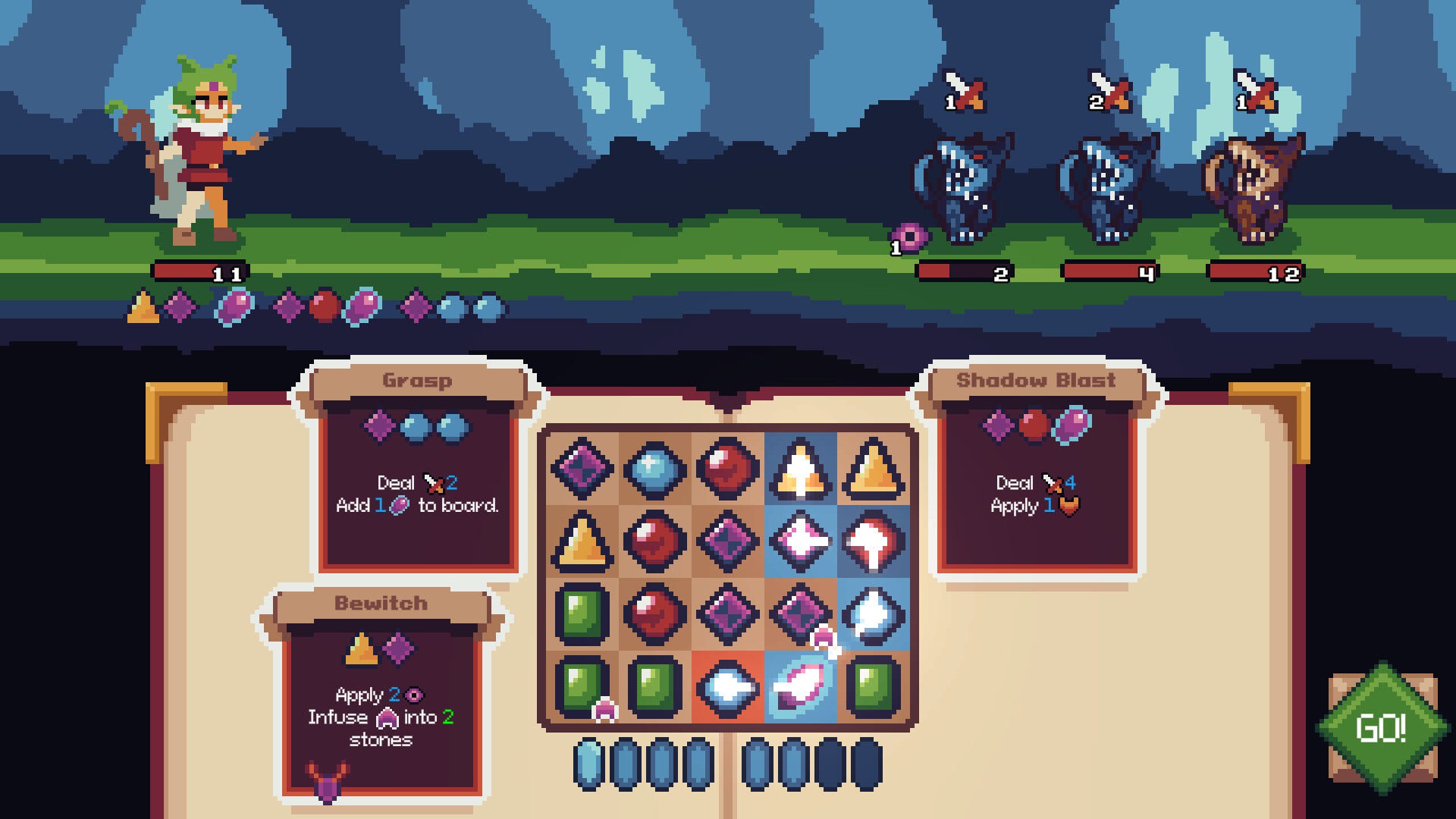
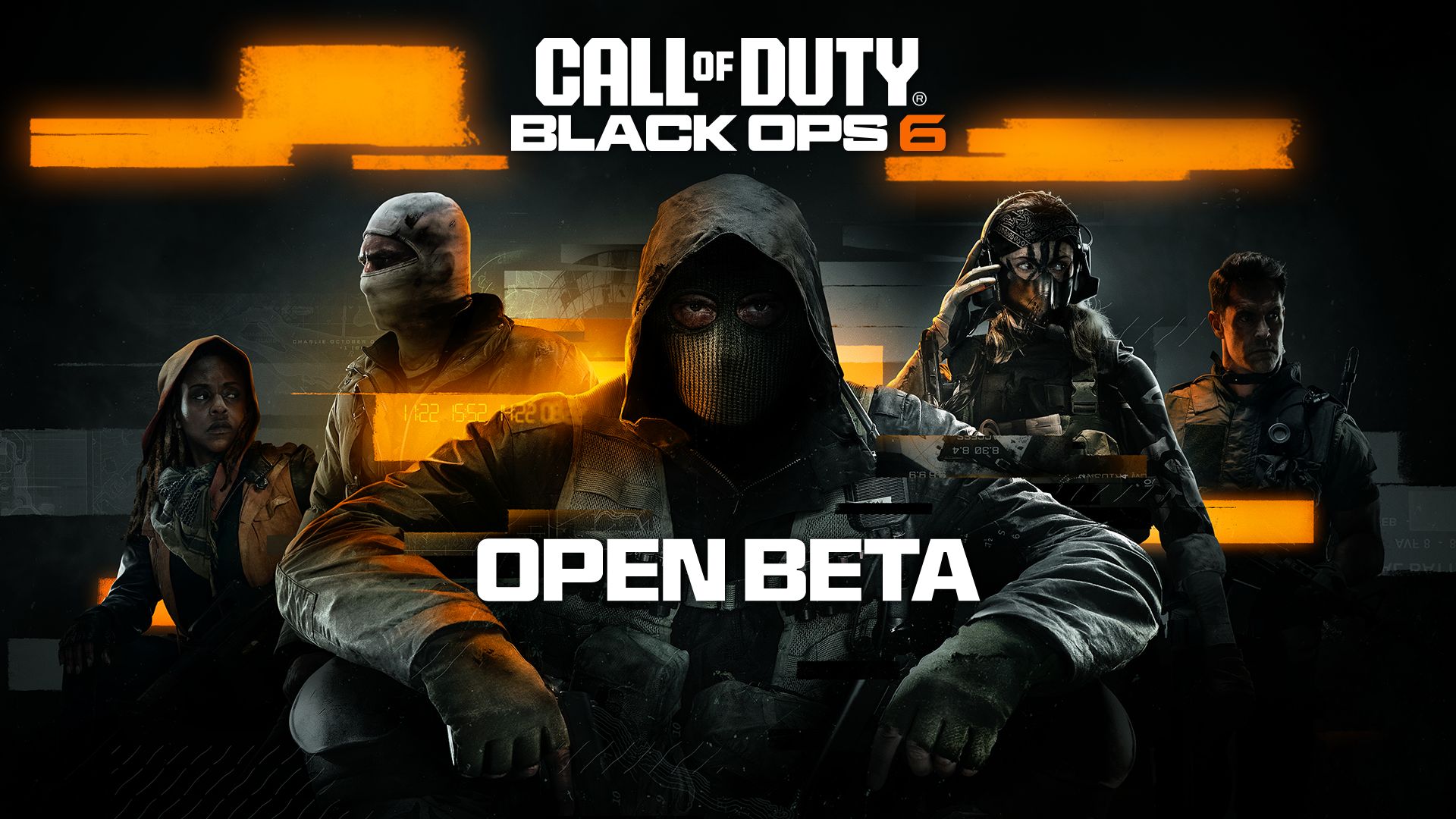


 and Call of Duty®: Warzone
and Call of Duty®: Warzone



